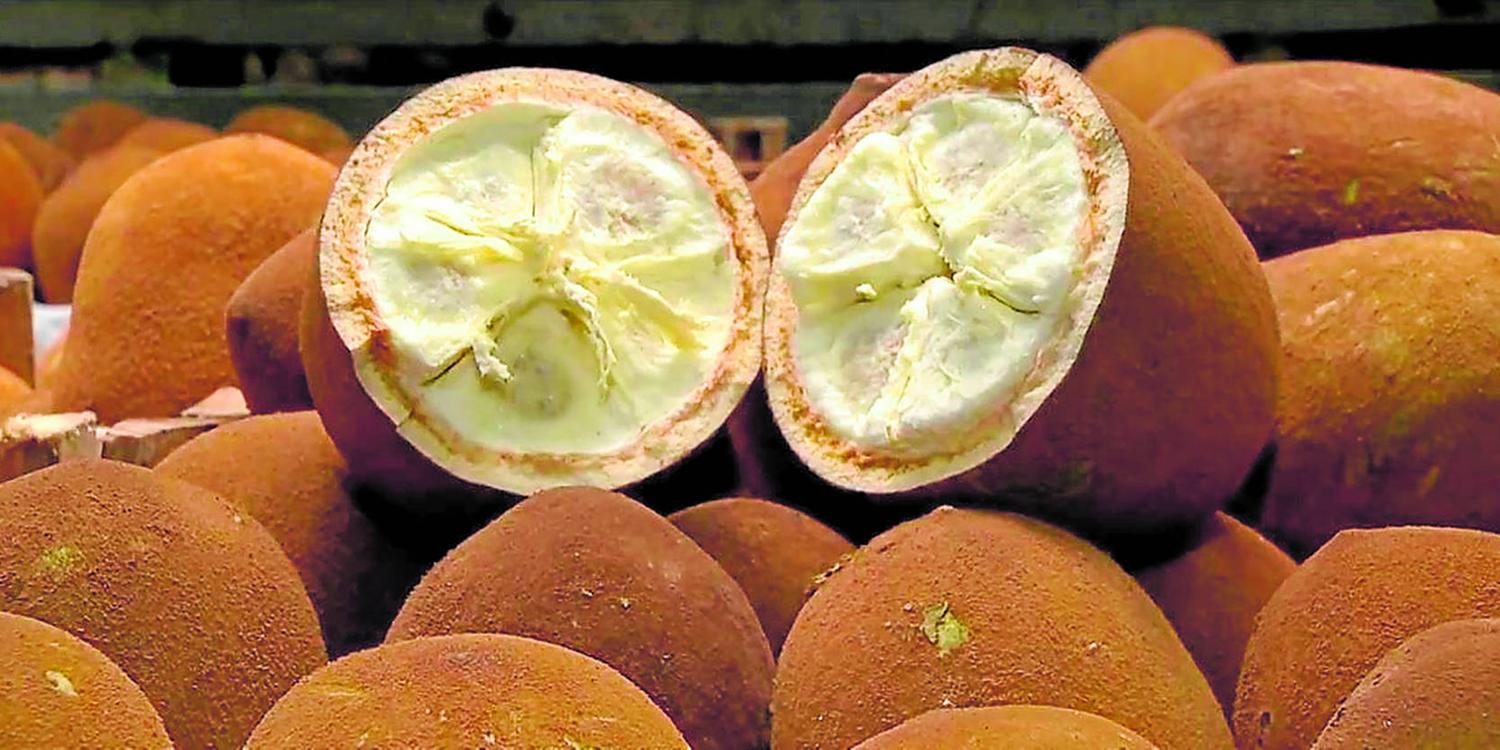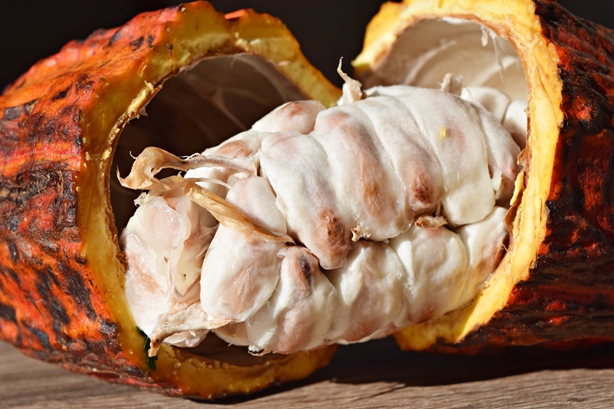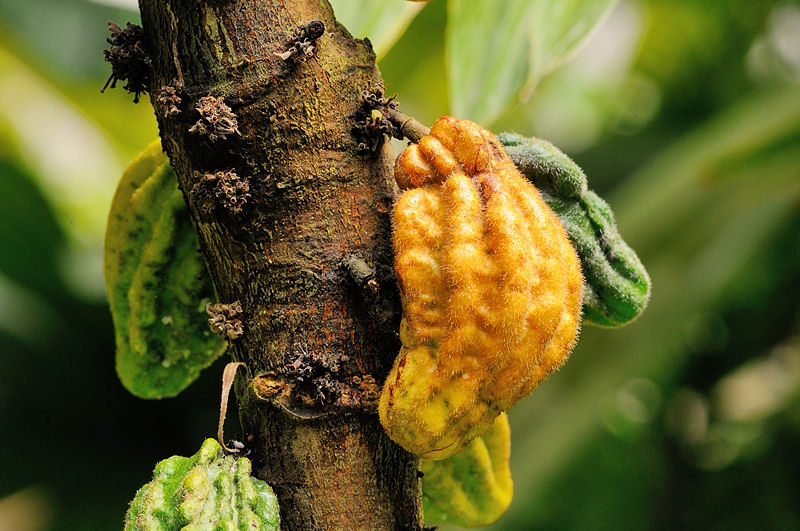Theobroma Genomic Resources
Genome Browser, and comparative tools
Cupuassu, Cacao and Herrania Genomics
Theobroma grandiflorum

C174 clone
(resistant)
genome
browser and data
ACCESS
Theobroma grandiflorum

C174 clone (resistant): Diploid (phased) genome
browser and data
ACCESS
Theobroma grandiflorum

C1074 clone (suceptible)
genome
browser and data
ACCESS
Theobroma grandiflorum

C1074 clone
(suceptible): Diploid (phased) genome
browser and data
ACCESS
Theobroma cacao

Criollo cultivar: genome
browser and data
ACCESS
Theobroma cacao

Matina cultivar: genome
browser and data
ACCESS
Herrania umbratica

Fairchild cultivar: Genome Browser and data
ACCESS

Comparative Genomics Tools

BLAST
BLAST genome, proteins, CDS, and gene models.
BLAST

OrthoVenn3
Pre-Computed Orthovenn3 analyses across close-related species
Go!
About
Theobroma grandiflorum, T. cacao and Herrania umbratica are members of the Malvaceae family and are very popular species in the Brazilian Amazon. They are known for their economic and ecological importance, particularly in tropical regions.
T. grandiflorum: Also known as cupuaçu, cupuassu, cupuazú, cupu assu, and copoasu, this is a tropical rainforest tree related to cacao. The pulp of the cupuaçu is used in the production of juices, jellies, ice creams, and is increasingly popular as an ingredient in cosmetics. Its seeds can also be used to produce a kind of white chocolate known as 'cupulate'.
T. cacao: This is the plant that produces cacao beans, from which chocolate is made. Theobroma cacao is of significant economic value worldwide for its role in the global chocolate industry.
Herrania umbratica: Also known as the Monkey Cacao, this species is not well known or studied. Some reports suggest its fruits are used locally, although it doesn't have the same wide commercial use as Theobroma cacao or Theobroma grandiflorum.
Financial Support

